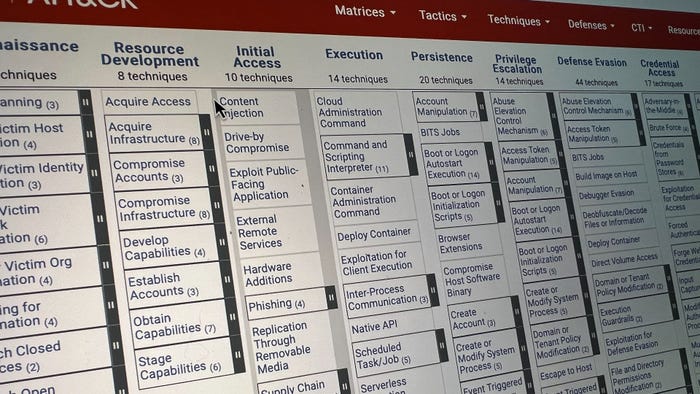First Example Of SAP Breach SurfacesFirst Example Of SAP Breach Surfaces
USIS attack in 2013 stealing background check information about government personnel with classified clearance came by way of an SAP exploit.
May 12, 2015

After the better part of a decade of warnings that SAP and other enterprise resource planning (ERP) systems are wide open to attack at most organizations, this week finally brought confirmation of a high-profile breach that used SAP as its initial attack vector. The attack is a good example of the high-stakes information contained in ERP systems that are ripe for the plucking—in this case the stolen goods were files used for background checks on federal employees and contractors with access to classified intelligence.
Perpetrated back in 2013, this attack against US Investigations Services, a contractor in charge of conducting federal background checks, came to public light last year, but details at that time were sparse. Investigators had mentioned during the initial breaking of the story that they suspected state-sponsored Chinese attackers. But over the weekend Nextgov.com reported that an internal investigation points to evidence that attackers broke into USIS through an exploit in an SAP system managed by a third party.
Alexander Polyakov, CTO and co-founder of ERPScan, hopes that the public attention from this example will drive home to enterprises that the types of SAP vulnerabilities his firm and others like Onapsis have been talking about for years really deserve IT's attention. Over the past several years there have been limited examples of SAP exploitation in the public domain. In 2012 Anonymous claimed to have used an SAP zero-day to attack the Greece finance ministry, but nobody acknowledged that. And an SAP Trojan was reported in the wild in 2013, but there was no confirmation of organizations successfully attacked using it. Just last week at SAP SAPPHIRE, Onapsis released a report that detailed the most common attack patterns used in attacks against SAP, but again there were no details confirming specific victims.
"There were some investigations like this, in which we've taken part but are not at liberty disclose any details about--it was a real attack via SAP," says Polyakov. "But this one is the first publicly acknowledged attack, and what's more important is that it's on such a critical government entity."
Polyakov says the progression of SAP attacks will be a precautionary tale for enterprises to pay better attention to researchers' warnings before real examples of attacks start to surface. The attack against USIS played at least a partial role in the company shutting its doors this year.
"As you see when some researchers start flagging security loopholes by publishing information about one or another system's security vulnerability, it's only a matter of time before cyber criminals actually exploit it," he says. "Who will fall victim is anybody's guess."
He recommends that organizations that really want to address SAP security from all angles need to think seriously not just about vulnerability assessment and management, but also custom code security (he reports that 50 percent of enterprises have custom code on top of their SAP framework) as well as separation of duties and event monitoring.
Most importantly, it is critical to understand how SAP systems interconnect with other infrastructure.
"Business applications are highly connected with each other, and as you saw in the example, it's not only the problem of your infrastructure security, it's also a problem of all your external connections and third-party security," Polyakov says. "So what it boils down to is that a system is only as secure as its weakest link."
About the Author
You May Also Like




